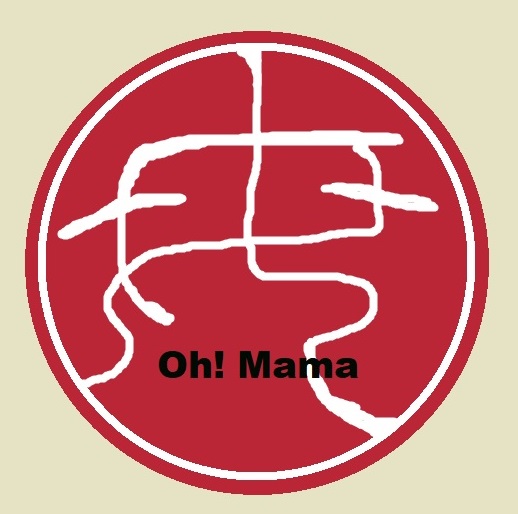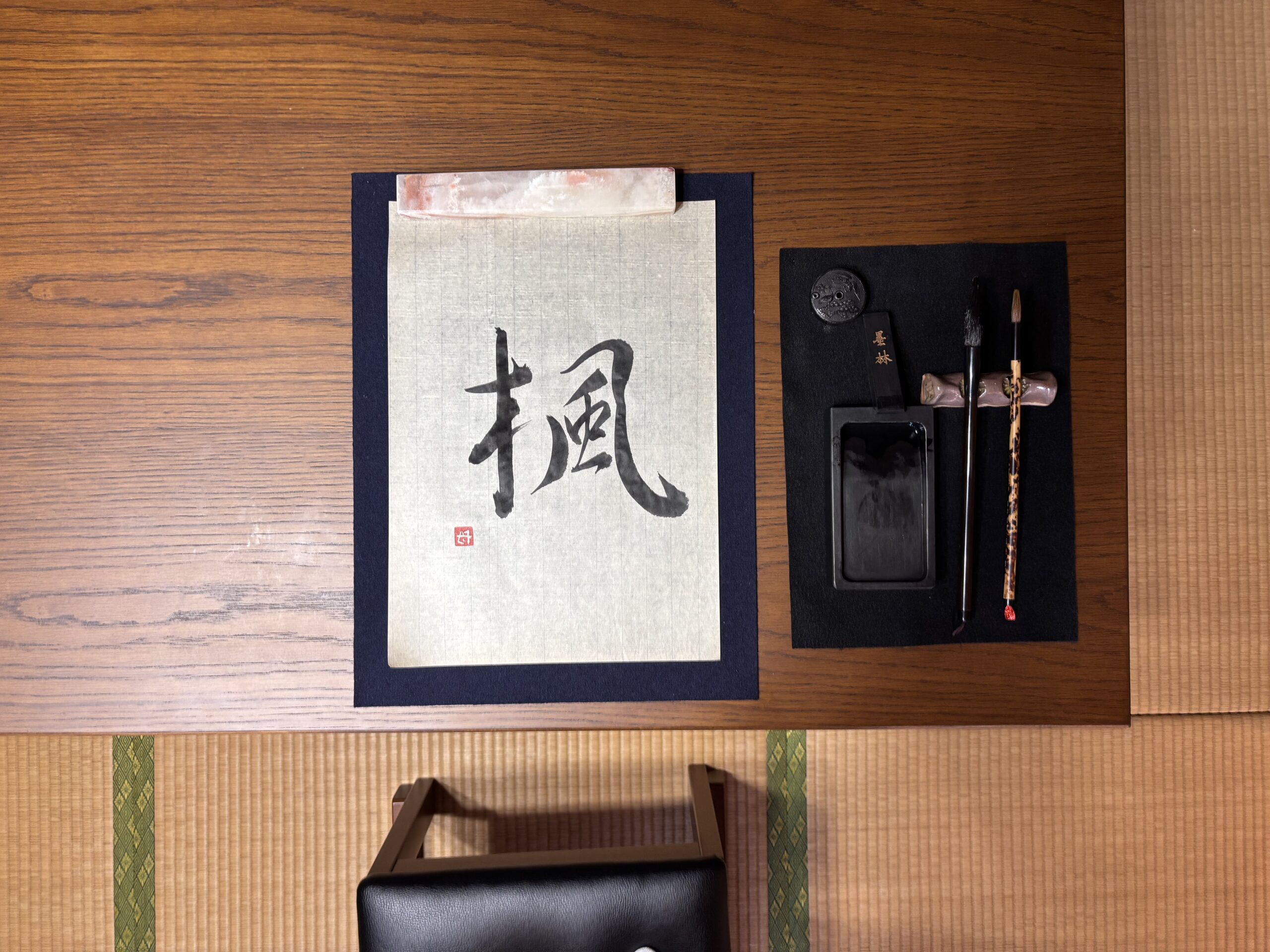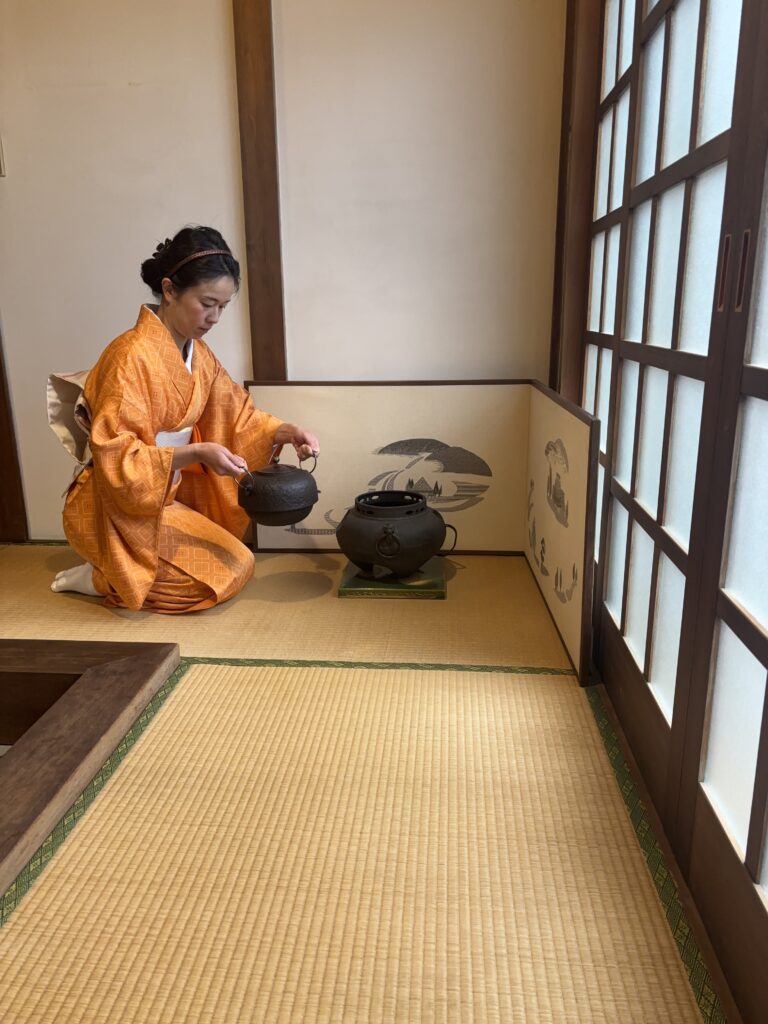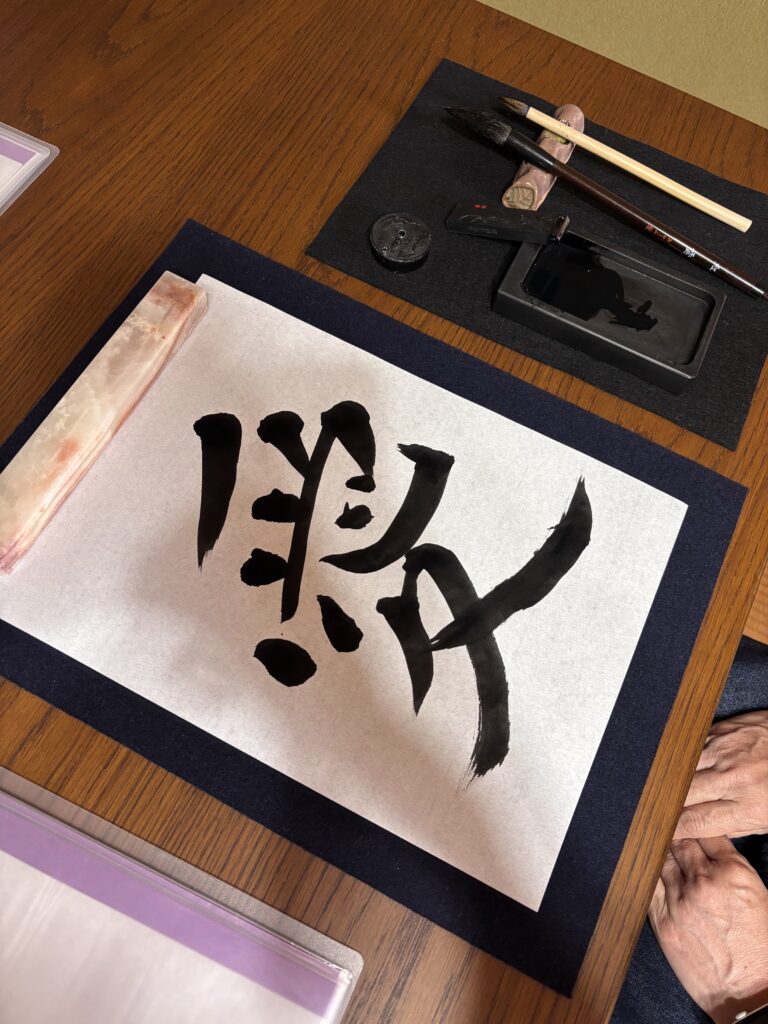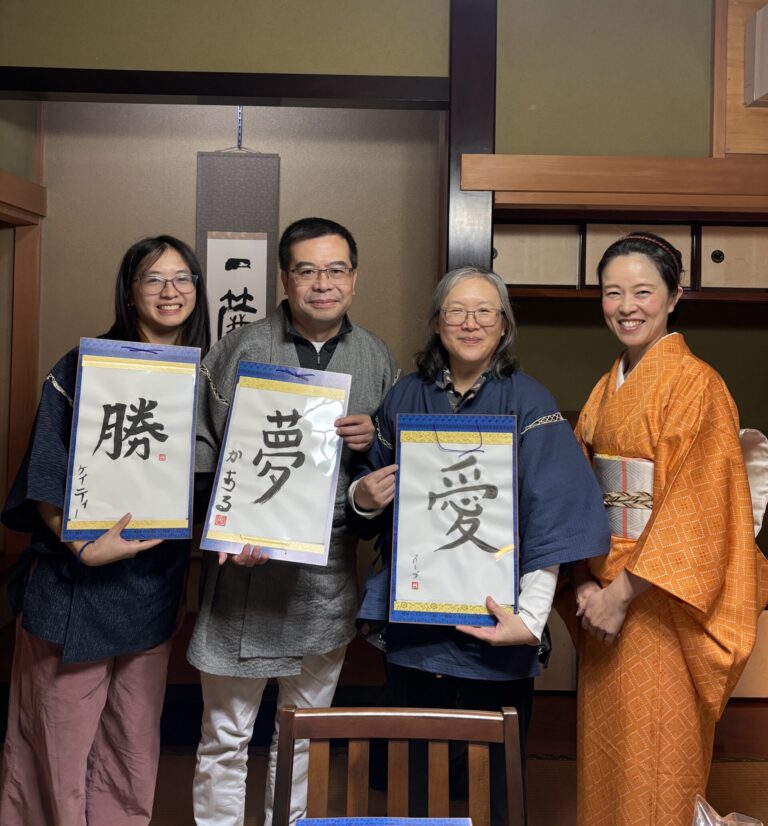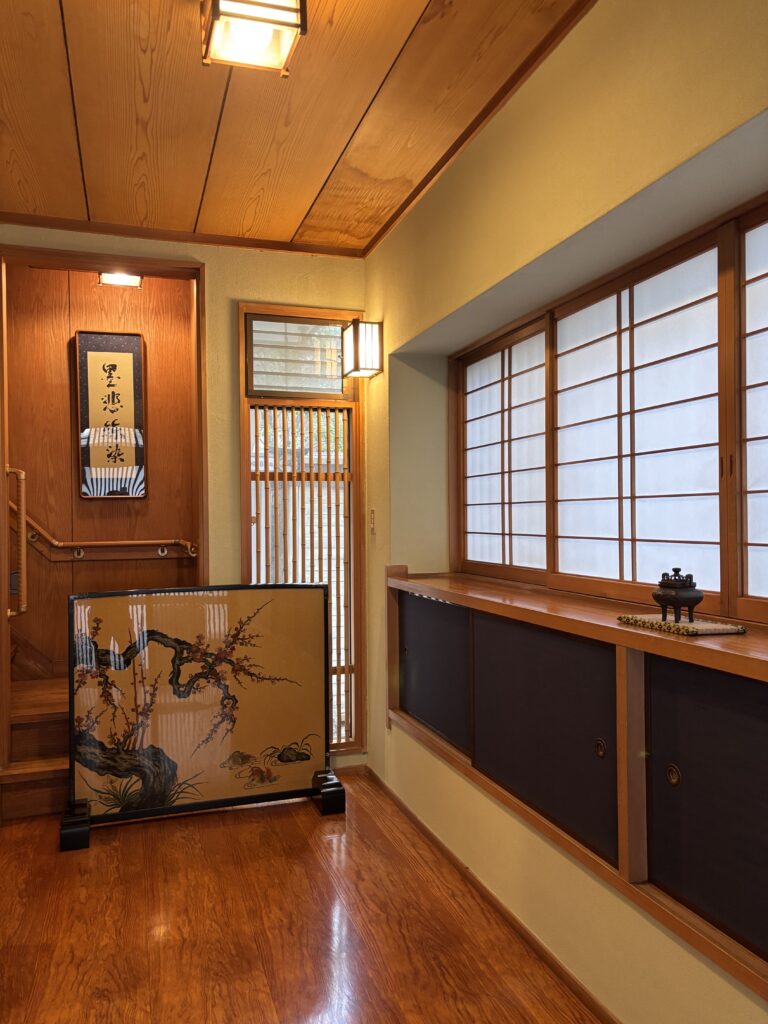Questions About Shodo, Japanese Calligraphy: What Is Gyosho?
When my child borrowed a biography manga about the entomologist Jean-Henri Fabre from the library, I found a photograph on the inside back cover — a page from Fabre’s own notebook. His handwriting was a beautiful, flowing cursive.
Japanese writing also has a style with elegant, continuous movement: gyosho, the semi-cursive script.
What Students Learn in School
In Japan, children study the basics of calligraphy for seven years, starting in the third grade of elementary school. When they enter junior high, they begin learning gyosho.
This style is smooth and fluid like English cursive, yet the shapes of the kanji remain recognizable. It’s considered the next easiest script to read after kaisho (standard script). And honestly, being able to write gyosho in shodo looks incredibly cool — just like writing stylish cursive in English.
Today, let’s take a closer look at how gyosho works.
First, a Little About Kanji
Many kanji originated from simplified visual shapes.
Take 木 (“tree”), for example: a straight trunk reaching upward, branches spreading left and right, and roots firmly planted in the ground.
When you place two trees together, you get 林 (“woods”). Add even more — 森 (“forest”).
Kanji can also be combined to form new meanings.
The “tree” component appears on the left side of many characters: 林, 枝 (branch), 根 (root), 柱 (pillar), 板 (board), 植 (plant), and so on.
Names of trees also use this component: 桜, 梅, 松, 杉, 椿, 楓, etc.
By the way, bamboo 竹 does not use the “tree” radical because botanically it isn’t classified as a tree — a fun detail straight from the Ministry of Agriculture, Forestry and Fisheries.
How to Write the “Tree” Radical in Gyosho
When writing the tree radical in gyosho, there are two key points:
- Jump the brush
After finishing each stroke, you lift the brush decisively and “jump” to the next starting point.
This creates a subtle hook at the end of the stroke and allows the viewer to imagine the invisible motion of the brush moving through the air. This flow is essential in gyosho. - Combine strokes smoothly
The third and fourth strokes — the part I like to call the “roots” — are written in one continuous motion, almost like drawing a check mark. You sweep downward to the left, then sharply lift upward.
Mastering this one component lets you write 62 different kanji characters (32 learned in elementary school and 30 in junior high).
Now, try combining the tree radical with the character 風 (“wind”) to write 楓 — kaede, the Japanese maple, perfect for this season.
Wind moving through autumn leaves — if you keep that image in mind, your writing will become soft, lively, and truly beautiful.
Try Shodo With Us
Even if you don’t know any Japanese characters, don’t worry.
The owner — a nationally licensed interpreter-guide — will explain everything clearly in both English and Japanese.
Enjoy a peaceful moment of art in our traditional Japanese house, just four minutes by train from Shibuya.
